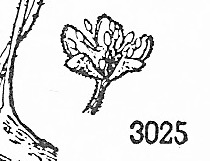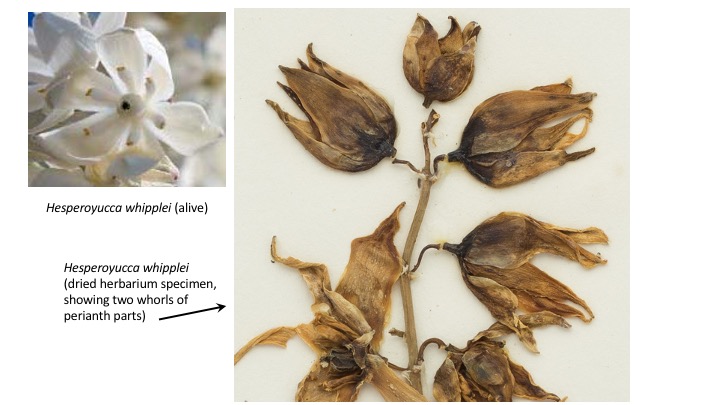The perianth
The corolla (a term for all of the the petals of a flower) and the calyx (a term for all of the sepals of a flower) make up the perianth. In most cases, the petals and sepals look very different from each other. In other cases, they look very similar and may be referred to as "tepals", rather than petals or sepals. "Perianth parts" is a general term for petals and/or sepals that is used in many plant identification keys.

Some flowers have only one whorl of perianth parts. That is, the perianth parts (usually the sepals) form a single ring of parts on the receptacle. Examples are the flowers of Croton: these have sepals and no petals.
Some flowers have two whorls of perianth parts that are differentiated into petals and sepals.
Other flowers have two whorls of perianth parts that look very similar. Many lily-like flowers are like this. The flower of Hesperoyucca whipplei (below) has what the Jepson Manual describes as "perianth parts 6, in 2 petal-like whorls". You can see that three of the petal-like perianth parts are in a ring or whorl that is above or distal to the attachment of the other three.

In some cases, the sepals are fused together to form a "calyx tube". Petals may also be fused together to form a "corolla tube".
